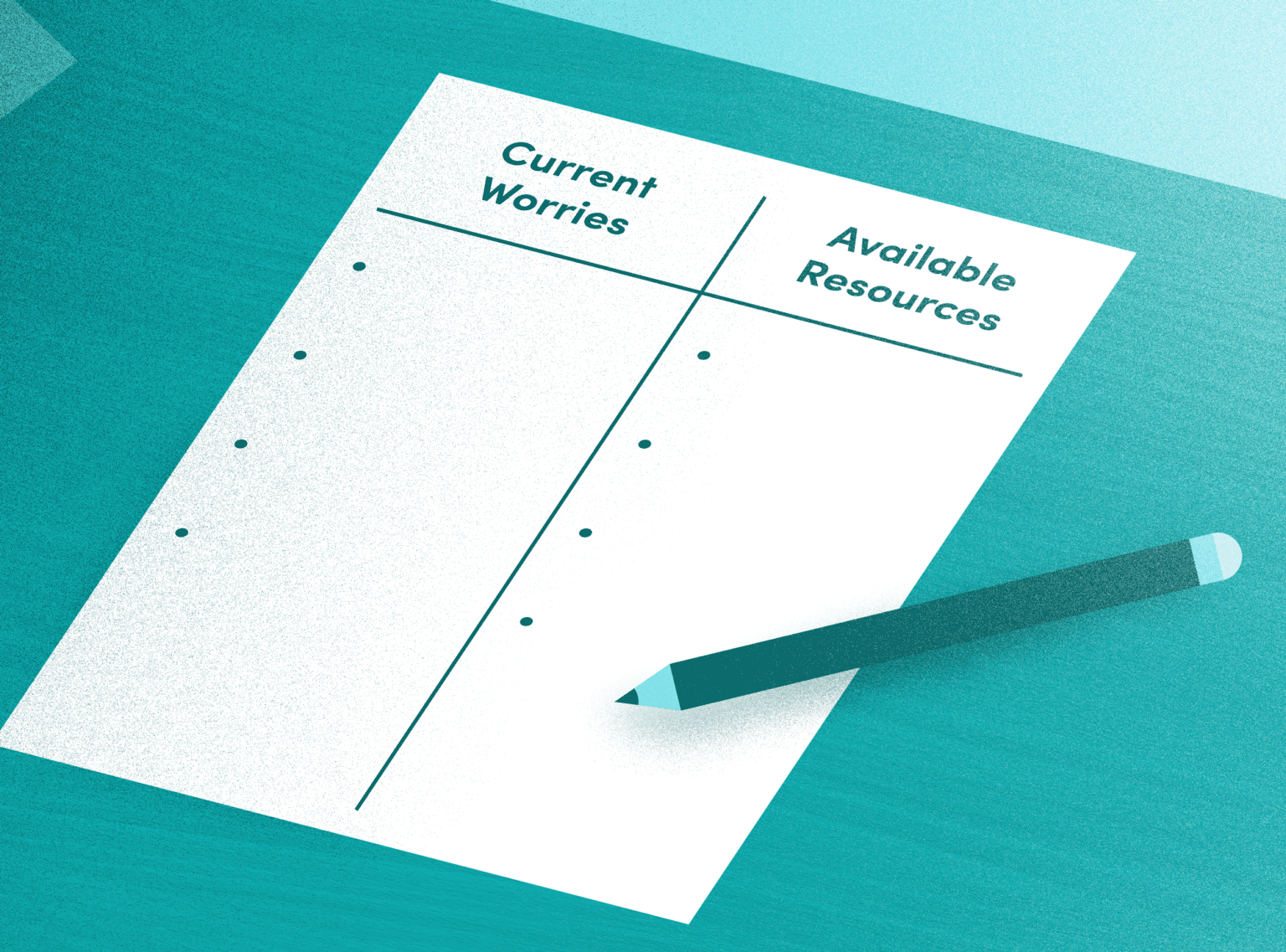Environments, Past and Present
How stress influences future behavior
2020-3-08 | Self-control

For more than a century, scientists have known that acute stress activates the fight-or-flight response. When your life is on the line, your body reacts instantly: your heart races, your breath quickens, and a cascade of hormones sets off physiological changes that collectively improve your odds of survival.
More recently, scientists have come to understand that the fight-or-flight response takes a toll on the brain and the body—particularly when stress is chronic rather than acute. Systems designed to handle transient threats also react to stress that occurs again and again, for weeks, months, or years.
It turns out that poverty, abuse, and other forms of adversity repeatedly activate the fight-or-flight response, leading to long-term effects on the immune system and brain, which in turn increase the risk for an array of illnesses, including asthma, diabetes, arthritis, depression, and cardiovascular disease. Pioneering neuroscientist Bruce McEwen called this burden of chronic stress “allostatic load.”
Ethnic studies scholar Jeff Duncan-Andrade has done a lot of thinking about how allostatic load plays out in the lives of adolescents.
“What do students who’ve experienced chronic stress do in your classroom?” Jeff recently asked a group of experienced teachers.
“Go to the bathroom!”
“Right,” said Jeff. “They escape. They look for ways out.”
Longitudinal research shows that when adolescents are exposed to increased stress—in the form of arguments between their parents, say, or a friend moving away—they feel anxious and overwhelmed, which in turn predicts more impulsive behavior.
After discovering allostatic load, McEwen dedicated himself to its undoing. Each time we met, he was excited to share examples of how positive, supportive relationships with adults can protect against, or even reverse, the effects of chronic stress.
Don’t assume you know what’s worrying the young people you care about.
Do ask. Jeff suggests making a two-column chart. List current worries on the left and available resources on the right. I suggest you make your own list first and then invite the young people in your life to do the same. Then talk. And listen. Why? Because what counters allostatic load are relationships that make you feel seen, heard, and loved.
With grit and gratitude,
Angela
We’d love to know your thoughts after reading our Tips of the Week. Check the following boxes if applicable: